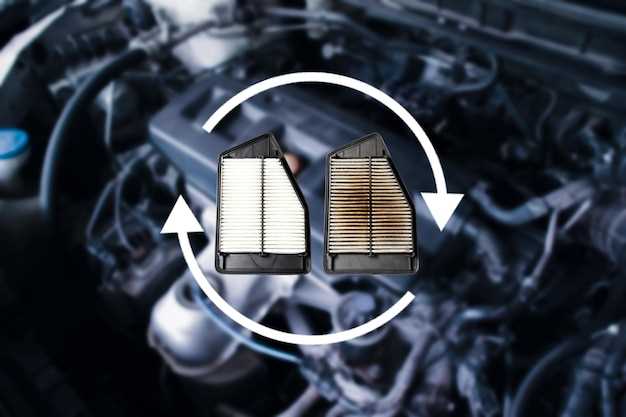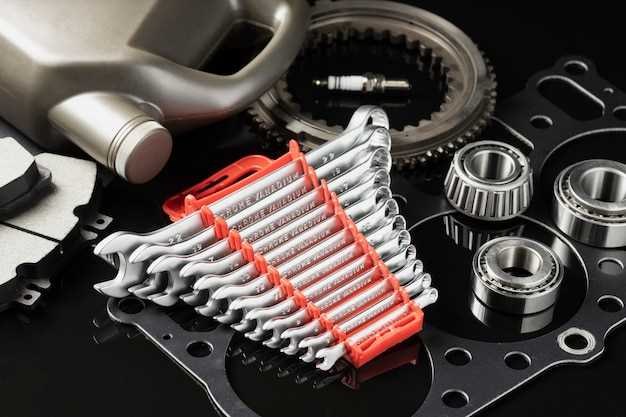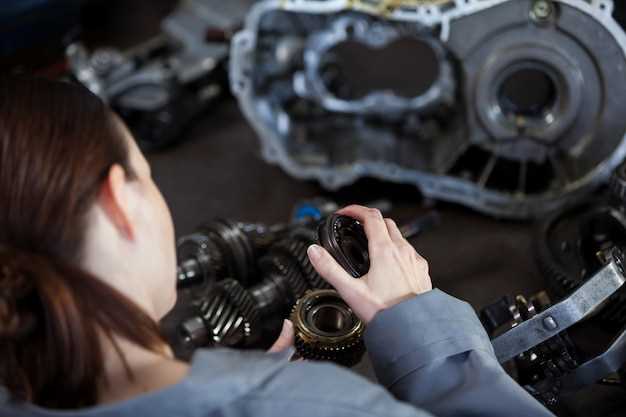
Improving the cooling efficiency of your diesel engine is crucial for optimizing performance and longevity. The intercooler plays a pivotal role in this process by reducing the temperature of the compressed air before it enters the engine. A high-performance intercooler can significantly enhance horsepower and torque, allowing your vehicle to operate more effectively under various driving conditions.
With advancements in technology, modern intercoolers offer superior cooling capabilities compared to their stock counterparts. Upgrading to a performance intercooler not only improves thermal efficiency but also reduces the risk of engine knock, which can occur when the intake air is too hot. This upgrade ensures your engine runs cooler, providing both enhanced performance and fuel efficiency.
By investing in a high-quality intercooler, diesel enthusiasts can experience improved throttle response and acceleration. The importance of cooling cannot be overstated; it directly impacts the power output and overall reliability of your engine. In this article, we will explore the benefits of upgrading your diesel intercooler and how it can transform your driving experience.
Choosing the Right Intercooler Material for Your Diesel Engine

Selecting the appropriate material for your diesel engine’s intercooler is essential for maximizing cooling efficiency and overall performance. The most common materials used in intercooler construction are aluminum, stainless steel, and plastic, each offering unique advantages and limitations.
Aluminum is widely favored for its exceptional thermal conductivity, allowing for efficient heat dissipation. It is lightweight, which helps reduce the overall weight of the engine system, enhancing performance. Additionally, aluminum can be easily molded into complex shapes, enabling manufacturers to create designs that optimize airflow and cooling. However, it may be susceptible to corrosion if not properly anodized or coated.
Stainless steel offers increased durability and resistance to corrosion, making it a suitable choice for applications where the intercooler may be exposed to harsh conditions or liquids. Although it is generally heavier than aluminum and has lower thermal conductivity, its sturdiness and longevity can justify the trade-offs in some situations. Stainless steel intercoolers can maintain structural integrity under higher pressure applications.
Plastic intercoolers are another option, often seen in OEM applications for their cost-effectiveness and lightweight properties. While they are not as effective in heat transfer compared to metal options, advancements in composite materials have improved their performance. However, susceptibility to high temperatures and physical damage can limit their use in high-performance scenarios.
Ultimately, the choice of material depends on your specific diesel engine needs, such as power goals, environmental conditions, and budget. Consider the balance between weight, heat transfer efficiency, and durability to ensure your intercooler provides optimal cooling, enhancing the performance of your diesel engine.
Installation Tips for Maximizing Your New Intercooler’s Performance

Proper installation of your new intercooler is crucial for achieving optimal performance enhancements in your diesel engine. Start by ensuring that the intercooler is compatible with your specific vehicle model and engine configuration. This is fundamental to avoid any fitting issues and to maximize airflow.
Before beginning the installation, gather all necessary tools and components, including any required hoses, clamps, and brackets. This will ensure a smooth process without unnecessary interruptions. Additionally, checking for any existing intercooler leaks or damage before installation can save time and prevent future complications.
During installation, pay close attention to the intercooler positioning. It should be mounted securely and strategically to allow for efficient air intake. Make sure that all connections are tight and properly sealed to minimize any risk of air leaks, which can significantly reduce performance gains.
Routing the intake and charge pipes is another critical step. Ensure that these pipes are as direct and unobstructed as possible. This will enhance airflow, thereby increasing the efficiency of your new intercooler. Avoid sharp bends and kinks that could restrict airflow and hinder overall performance.
Consider upgrading to larger or more efficient hoses that can accommodate higher pressure and temperature levels. This is especially important in high-performance applications where the intercooler is subjected to increased demands. Using high-quality materials will enhance durability and boost overall system performance.
Finally, conduct a thorough test of the system post-installation. Monitor the engine temperatures and boost levels to ensure that the intercooler is functioning correctly. Proper tuning may be necessary to optimize the engine’s performance further and to fully utilize the benefits provided by the upgraded intercooler.
Measuring Performance Improvements After Upgrading Your Intercooler
After installing a new diesel intercooler, assessing the performance enhancements becomes crucial to understanding the benefits of your investment. One of the first steps in measuring improvements is to monitor the engine’s temperature. A well-functioning intercooler should reduce the intake air temperature significantly. Use a temperature gauge to compare the temperatures before and after the upgrade. A drop in intake air temperature indicates more efficient cooling, which directly affects performance.
Another vital metric to evaluate is boost pressure. Utilizing a boost gauge will allow you to determine if your upgraded intercooler maintains or increases the pressure levels while providing optimal cooling. Increased boost pressure, in conjunction with lower temperatures, suggests that the engine can combust fuel more efficiently, resulting in improved power output.
Tuning your engine for better airflow can also help quantify performance enhancements. After the intercooler upgrade, recalibrating the engine’s ECU can optimize fuel delivery and ignition timing. A dynamometer test will reveal horsepower and torque improvements after tuning, highlighting the synergy between the intercooler and other engine modifications.
Fuel economy improvements are another indicator of performance. Keeping track of miles per gallon (MPG) pre-and post-upgrade can provide a clear picture of efficiency gains due to enhanced cooling. A higher MPG after the intercooler installation suggests that the engine is working more effectively and utilizing fuel efficiently.
Lastly, driver experience plays an important role in assessing performance. Increased throttle response and reduced turbo lag are significant indicators of an upgraded intercooler’s effectiveness. Keeping a log of driving experiences before and after the upgrade will help in determining the subjective improvements in overall vehicle performance.




